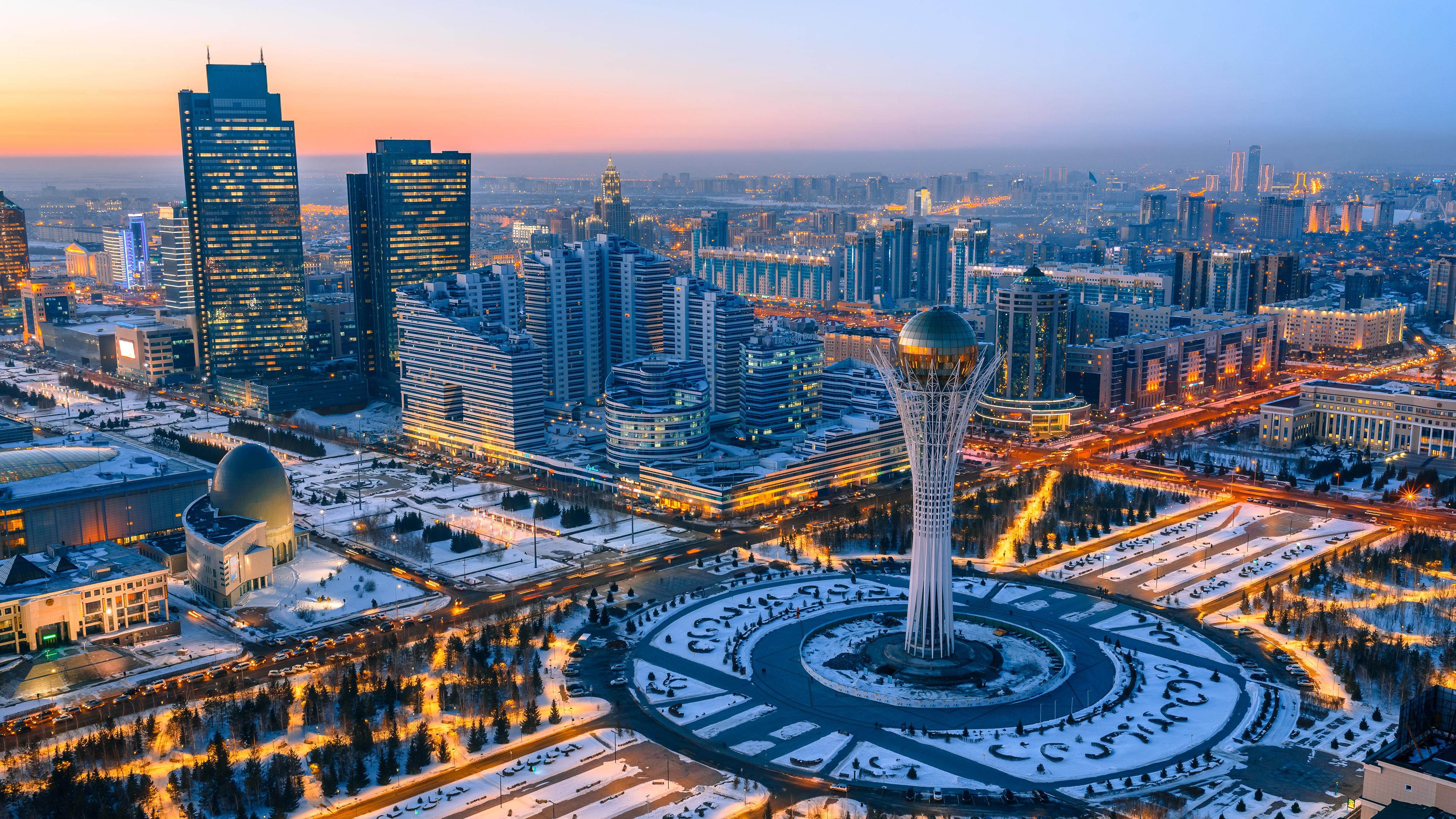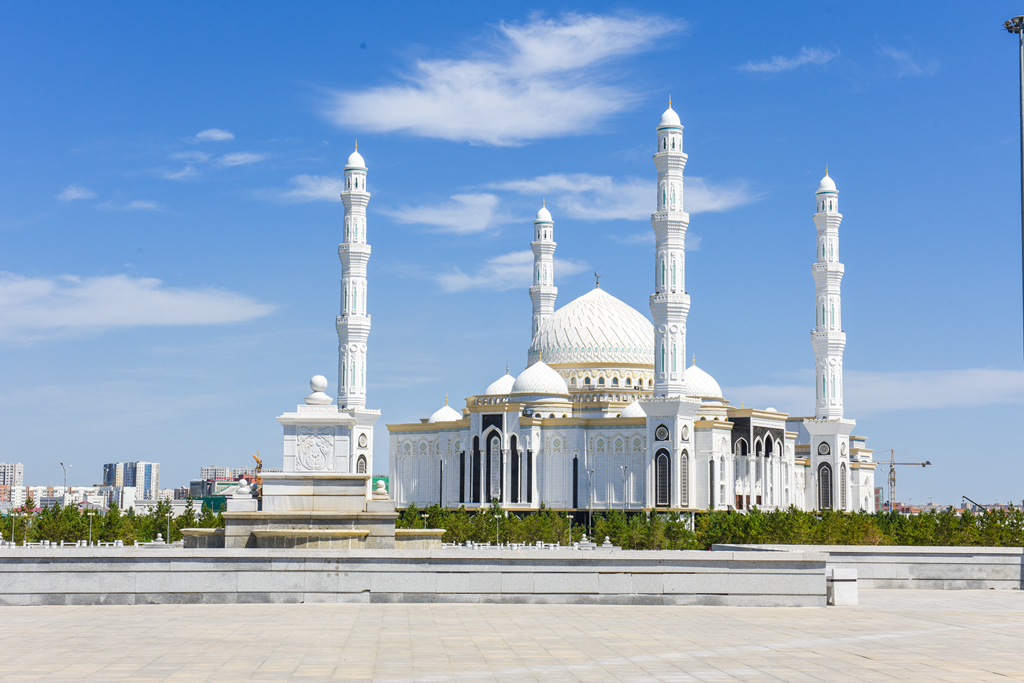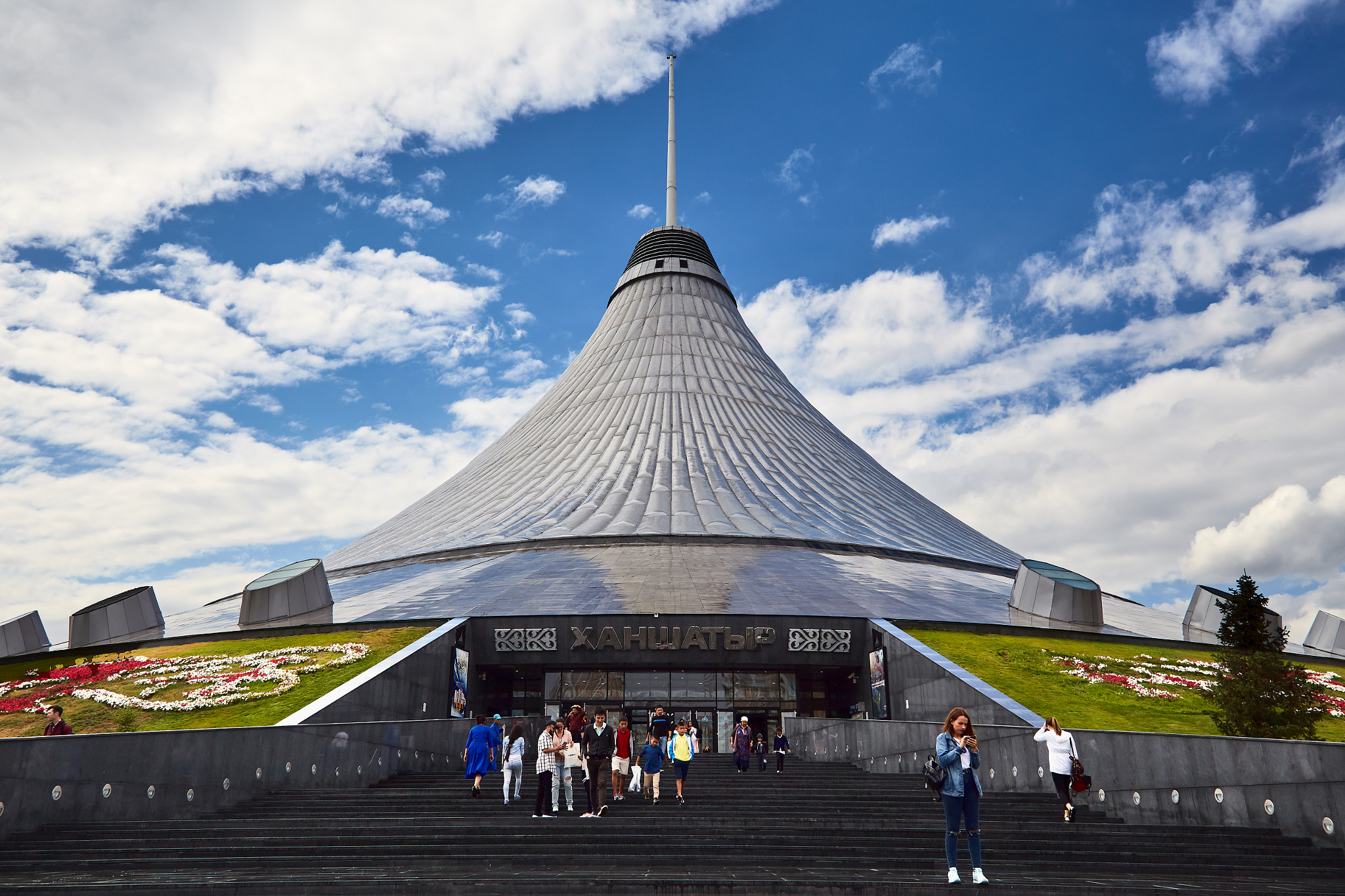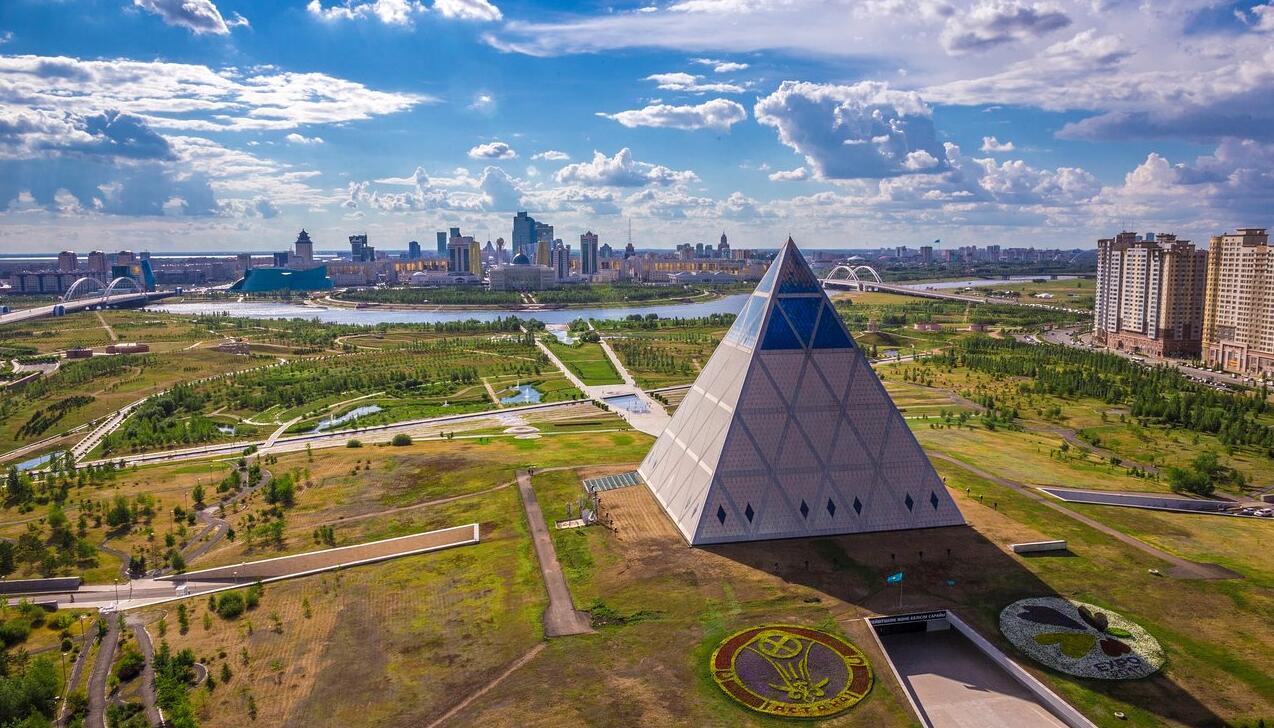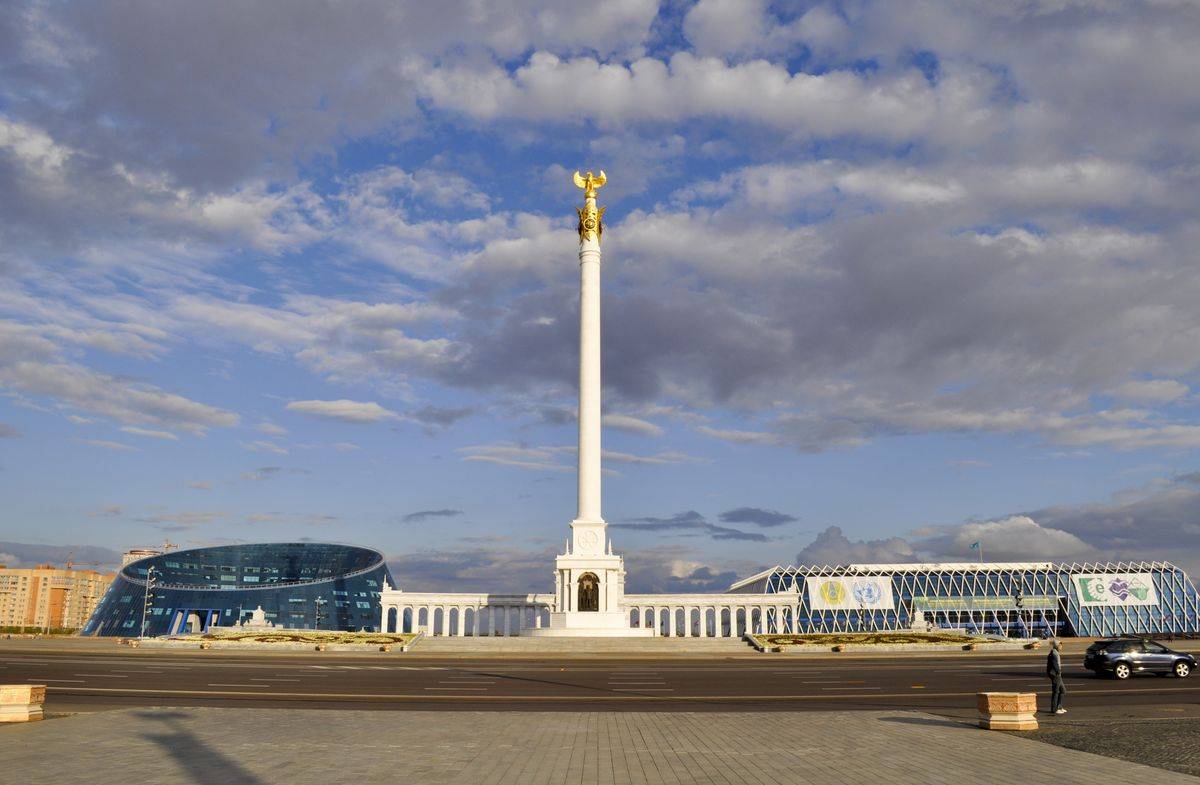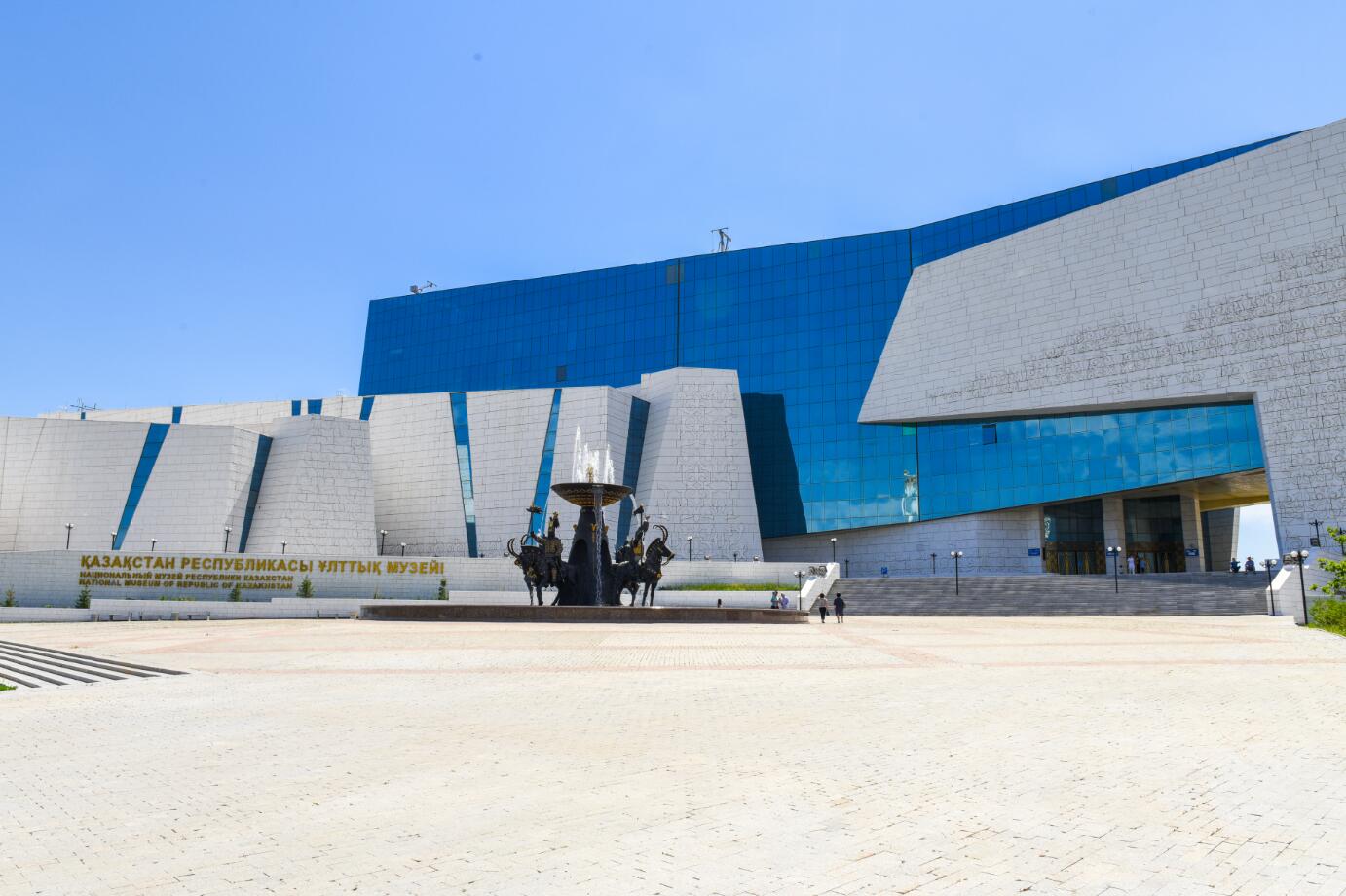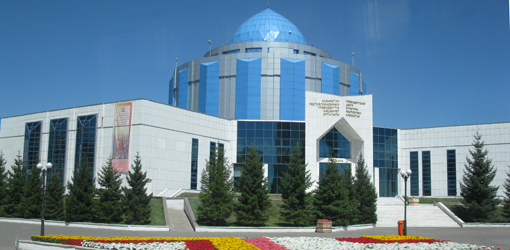Nur Sultan (/əsˈtɑːnə/ US /æsˈtɑːnə/; Kazakh: Астана [astaˈna]) is the capital of Kazakhstan. It is located on the Esil River in the northern part of Kazakhstan, within Akmola Region, though administrated separately from the region as a city with a special status. The 2014 census reported a population of 835,153 within the city, making it the second-largest city in Kazakhstan. Founded in 1830 as the settlement of Akmoly (Kazakh: Ақмолы) or Akmolinsky prikaz (Russian: Акмолинский приказ), it served as fortification of the Siberian Cossacks. In 1832, the settlement was granted a town status and renamed Akmolinsk (Russian: Акмолинск). On 20 March 1961, the city was renamed to Tselinograd (Russian: Целиноград) to mark the city's evolution as a cultural and administrative center of the Virgin Lands Campaign. In 1992, it was renamed Akmola (Kazakh: Ақмола), the modified original name meaning "a white grave". On 10 December 1997, Akmola replaced Almaty to become the capital of Kazakhstan. On 6 May 1998, it was renamed Nur Sultan, which means "the capital" in Kazakh. Nur Sultan is a planned city, such as Brasilia in Brazil, Canberra in Australia, Islamabad in Pakistan, Huambo in Angola, Washington, D.C. in the United States. The master plan of Nur Sultan was designed by Japanese architect Kisho Kurokawa. As the seat of the Government of Kazakhstan, Nur Sultan is the site of the Parliament House, the Supreme Court, the Ak Orda Presidential Palace and numerous government departments and agencies. It is home to many futuristic buildings, hotels and skyscrapers. Nur Sultan is a center for sport, healthcare and education. Nur Sultan hosted the Expo 2017.
Nur Sultan is located in central Kazakhstan on the Esil River in a very flat, semi-arid steppe region which covers most of the country's territory. It is at 51° 10' north latitude and 71° 26' east longitude, and the 50th parallel north passes through the southern parts of the city. The city encompasses 722.0 square kilometers (278.8 sq mi). The elevation of Nur Sultan is 347 m (1,138 ft) above sea level. Nur Sultan is in a spacious steppe landscape, in the transitional area between the north of Kazakhstan and the extremely thinly settled national center, because of the Esil River. The older boroughs lie north of the river, whilst the new boroughs are located south of the Esil.
Nur Sultan is the second-coldest capital city in the world after Ulaanbaatar, Mongolia, a position formerly held by Canada's capital, Ottawa, until Nur Sultan attained capital city status in 1997. Nur Sultan has an extreme continental climate with warm summers (featuring occasional brief rain showers) and long, very cold, dry winters. Summer temperatures occasionally reach +35 °C (95 °F) while −30 to −35 °C (−22 to −31 °F) is not unusual between mid-December and early March. Typically, the city's river is frozen over between the second week of November and the beginning of April. Nur Sultan has a well-deserved reputation among Kazakhs for its frequent high winds, the effects of which are felt particularly strongly on the fast-developing but relatively exposed Left Bank area of the city.








